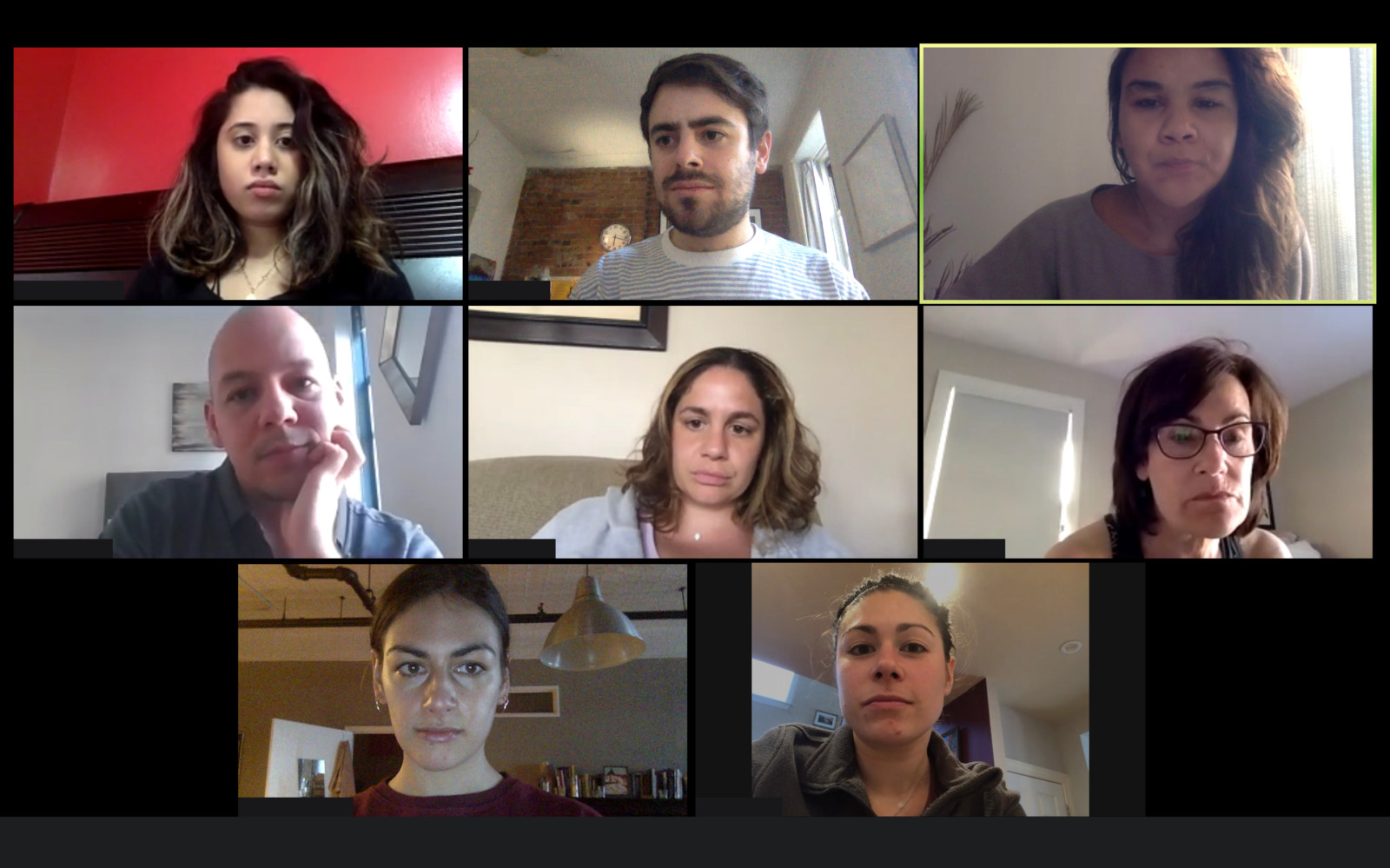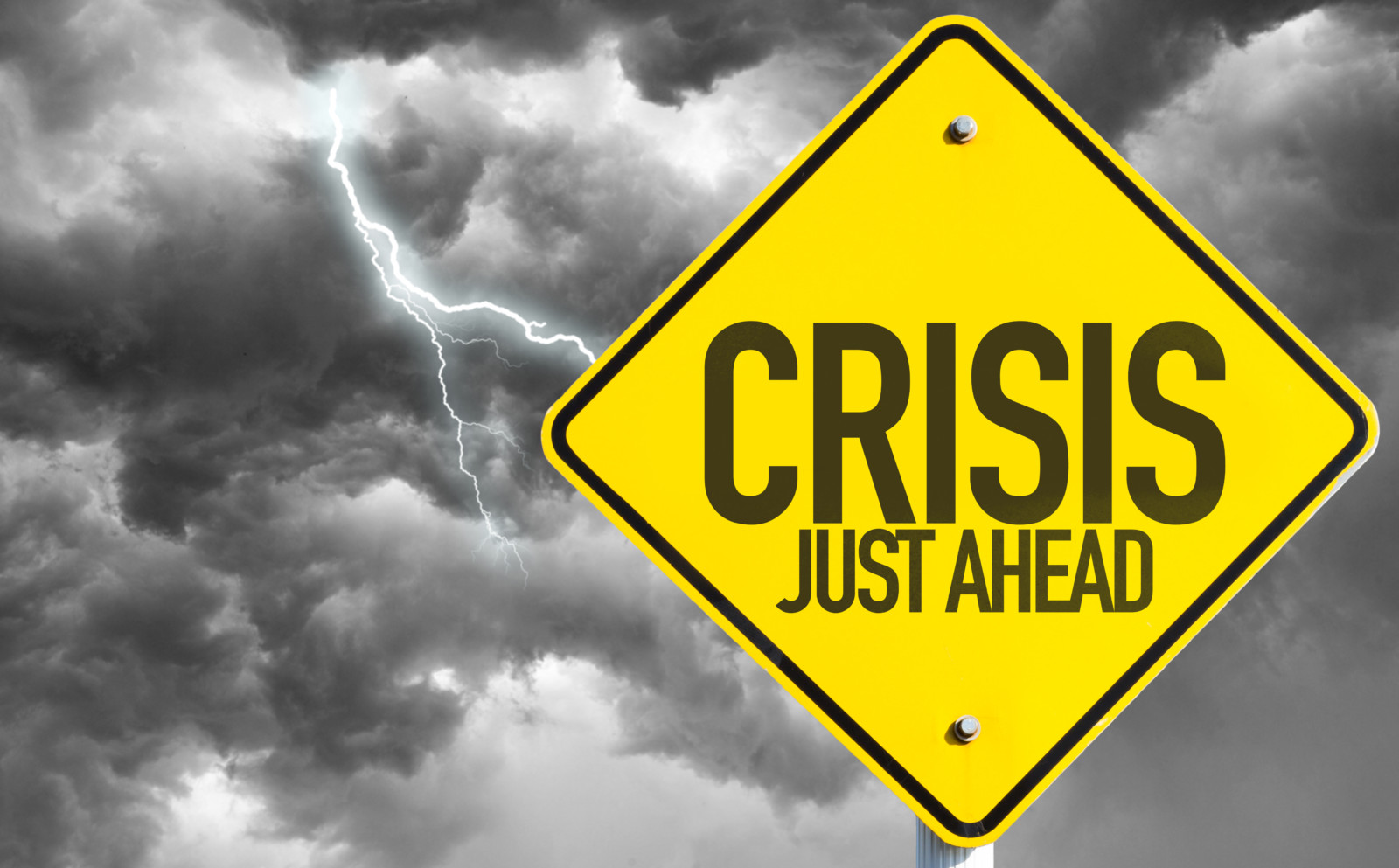August 24, 2021
Similar to the idea of a fixed versus growth mindset, our interactions can be one-way or two-way street interactions, with a focus mostly on ourselves or a focus on both sides of the interaction. What is your natural inclination? How often do we focus on these types of one-way thoughts:
-
- Getting our needs met at a meeting (gathering information, crossing things off a list)?
- Who we will meet at a networking session?
- What we will say when speaking or presenting?
- What other people are thinking about us?
As I was writing an article recently about how to get the most out of conferences and training, I suggested preparing not only for what you want to learn or take away from it (like connections), but also preparing for what you can do to increase your contribution to others. That led me to consider how so much of what we do defaults to a one-way street mindset versus looking at interactions as a two-way street. Read the Full Article
May 13, 2021
Thankful for guest writer Dr. Hallie Thompson, Plant Biologist and Science Policy Consultant.
Balance in networking
When we think about and practice networking, most of us focus on the initiation of new relationships, but there’s more to it than that. Like so many things, it’s about balance. In this case, it’s a balance of initiating new relationships and maintaining existing ones by setting priorities and being persistent.
These tips can help with building new relationships and keeping up long-term connections. Whether we’re living in a world impacted by a global pandemic or back to more regular times, the advice remains the same and can help you build authentic relationships over time. Read the Full Article

March 4, 2021
We moved three hours north to Iowa (from Missouri). While three hours doesn’t seem like far, it’s quite a dramatic change in terms of weather! But the biggest difference isn’t the weather itself, which everyone warned us about, but rather how people react to it.
In Missouri, at least where I was, the cold snowy days were more of an interference with life – something to endure until it passed so we could get back to life as we wanted it. But here in Iowa, with a lot more snow and much colder temperatures (as in a rather shocking -18 degrees one morning), people seem to not only accept it, but also embrace it. As the locals say, “This is Iowa, you know.”
It is not uncommon to see people partake in activities like cycling or jogging when it is 20 degrees. And for many, they embrace and enjoy the cold with ice fishing, snowmobiling, snow shoeing, and even crazy activities like ham put – like shot put but with a frozen ham! I’ve personally gotten more into birding and scenic photography, including eagle watching and seeking out owls in the beauty of the snow that sometimes sparkles like diamonds.
What struck me about this approach to winter is how it aligns with the way many people approach their work or life. Yes, I acknowledge and have experienced some seasons in life that we just need to endure and get through until they pass. But during some of those hard times, a shift in perspective can help us embrace the good we find in it, even if it’s just learning more about ourselves and our own strength as we emerge from a struggle. Read the Full Article
September 14, 2020
One of many things clients love about using Gallup strengths is its positive focus on the value we do bring and enhancing what is good with us. We don’t ignore the weaknesses, which often are our lowest (sometimes called inferior) talent themes, but instead use our strengths to overcome them. Developing strategies for doing so is vital to a leader’s success.
In this blog, I want to share a recent example of where I helped a leader aim her strengths at a weakness. Seeing how others have navigated a situation can bring aha moments. I hope this gives you some insights as to how you might strategically overcome your constraints through your top 10 talent themes. Read the Full Article
July 15, 2020
Video calls can be draining. The experts even coined the phrase “Zoom fatigue” to describe it, and there are plenty of people who’ve bought into the idea that video calls are an awful experience. But that doesn’t have to be the case at all!
We know that energy levels matter. When a leader projects positive energy or negative energy, other team members pick up on it, and it can be either motivating or demotivating for your team. The significant increase in the number of video calls (whether you’re using Zoom, WebEx, or some other video conferencing software) has forced leaders to step up and lead with even more energy.
Read the Full Article
June 25, 2020
Most of us have seen a dramatic increase in the number of video calls occurring in our daily lives recently. Whether you’re using Zoom, WebEx, GoTo Meeting, or some other video platform, you might have heard about “Zoom fatigue,” a term that experts have used to describe why video calls are so tiring.
With all the negative attention to Zoom fatigue, let’s focus on a positive aspect of video calls instead. As with most aspects of development, it’s a choice in how you see it. Read on if you want to reap some benefits from all those video calls (this is the first of a 2-part series). Read the Full Article
May 18, 2020
When a business faces a crisis, whether brought on by a global pandemic or budget cuts or loss of a major revenue source, leaders may be asked to sacrifice some of their personal time or energy to help see the business through the crisis. But what happens when leaders resist that effort? Does the company demand the effort and potentially lose that employee or create a disgruntled employee?
The better approach is to get buy-in from your leaders through some open, honest discussion of what leadership in a crisis looks like. If you haven’t read the part one of this topic, read it first and then come back to this post, which discusses the second of two meetings.
Your first meeting asked some critical open-ended questions to share ideas and hear how people view the role and responsibilities of leaders in a crisis. The second meeting focuses on agreeing to expectations about how leaders of your organization should behave in a crisis. Read the Full Article
May 4, 2020
These are hard times for many, and sacrifice is taking many forms. There are healthcare providers and first responders who are potentially sacrificing their lives on the frontlines. There are some essential workers sacrificing time with their families to protect them from the risks they face every day and others sacrificing their income to do so.
There are also lessons to be learned about leadership and sacrifice in business during crisis. While most business environments don’t involve possibly sacrificing your life, it can mean sacrificing your time and your energy—two assets that may already feel scarce in a time of crisis.
This issue surfaced recently in a conversation I had with a leader who feels she isn’t seeing the commitment she expects from other leaders. If that sounds like a situation you’ve faced, let’s examine a strategy that leaders can use to help people want to commit to the cause rather than simply demanding that they commit to it. Read the Full Article
March 13, 2020
The last three months I have taken an unexpected hiatus from writing and have learned some key lessons around priorities, permission and promises. I anticipated reducing my workload in December to care for my husband as he recovered from hip surgery. I did not anticipate that the surgery everyone proclaimed as “no big deal” was really quite serious. The initial idea of scaling back for a couple weeks morphed into basically putting the business on hold for nearly six weeks.
Here’s what I learned in that process. Read the Full Article
November 8, 2019
Ever heard the phrase, “Time is money?” Well, it is. And when it comes to time management, we can draw a lot of lessons from Dave Ramsey’s lessons on money management and getting out of debt. In a previous blog, we looked at managing time by first identifying priorities. Now we’re going to look at a few other principles that Dave Ramsey teaches and how they can apply to time.
Use the Snowball Principle
In a debt snowball approach, you identify your smallest debt and work hard to pay that off and build momentum toward your goal. But how often do we do that with our time? Sometimes when I look at a big project that seems daunting or a small one that seems boring, I simply keep pushing it off to another day. But the principle of building momentum can apply here too — chipping away at the mountain slowly gets the work accomplished. Read the Full Article













 Britta burrus design.
Britta burrus design.